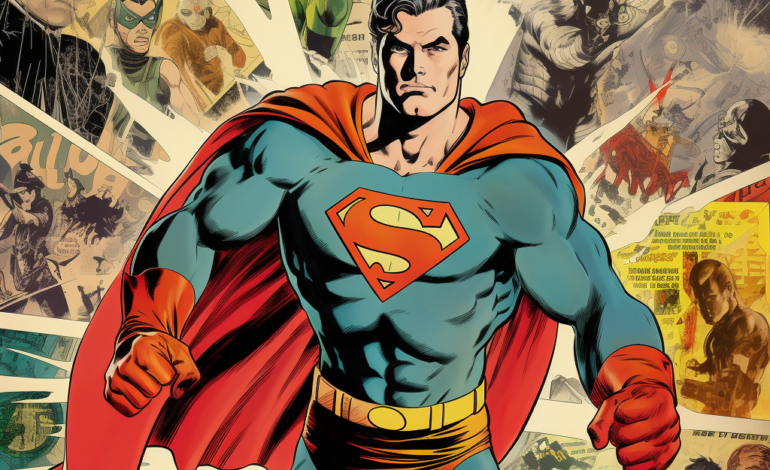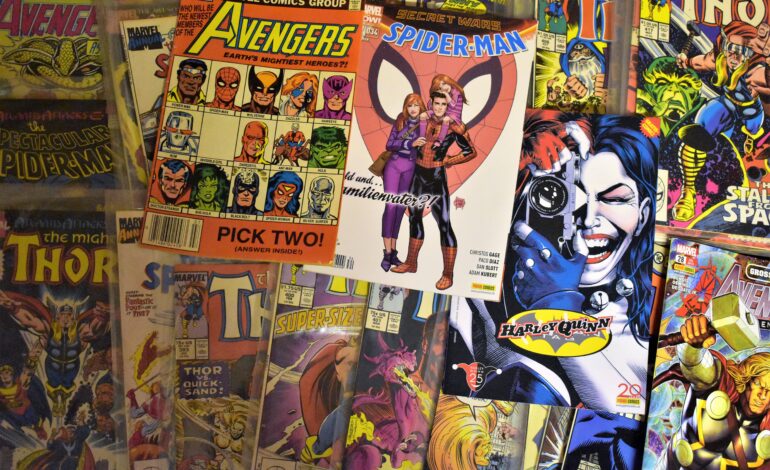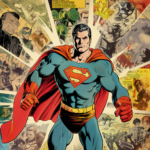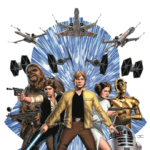
The world of comic books is a vibrant tapestry of creativity, imagination, and storytelling that has captivated audiences for generations. In this article, we will delve deep into the captivating history of comic books, tracing their origins, evolution, and their remarkable journey to becoming an integral part of popular culture. Join us on this thrilling adventure as we explore the fascinating realm of comic books, from their humble beginnings to the dawn of the first comic books.
The Genesis of Comic Books
The First Comic Strips
Our journey into the history of comic books begins with the birth of comic strips in the late 19th century. Pioneering artists like Richard Outcault and Rudolph Dirks created characters like “The Yellow Kid” and “The Katzenjammer Kids,” giving birth to a new form of visual storytelling. These early comic strips, featured in newspapers, laid the foundation for what would become the modern comic book.
The Yellow Kid’s Impact
“The Yellow Kid,” created by Richard Outcault in 1895, is often regarded as one of the earliest precursors to comic books. This mischievous character’s popularity marked a turning point in the world of illustrated storytelling. The Yellow Kid’s success paved the way for other comic strips to gain recognition and popularity, setting the stage for the birth of comic books.
The Birth of Comic Books
Famous Funnies
In 1933, Eastern Color Printing published “Famous Funnies,” often considered the first true comic book. This landmark publication featured reprints of popular comic strips and became an instant success. The enthusiastic response from readers encouraged other publishers to venture into the world of comic books, giving rise to an industry that would flourish for decades to come.
Superheroes Take Flight
The late 1930s witnessed the emergence of superheroes, with Superman leading the charge. Created by Jerry Siegel and Joe Shuster, Superman’s debut in Action Comics #1 in 1938 marked the birth of the superhero genre within comic books. This event laid the groundwork for the Golden Age of comic books, where iconic characters like Batman, Wonder Woman, and Captain America would make their debut.
The Evolution and Pop Culture Impact
The Golden Age
The 1940s are often referred to as the Golden Age of comic books, characterized by a proliferation of superheroes and the establishment of major comic book publishers like DC Comics and Marvel Comics. The era saw the creation of beloved characters like Spider-Man, the Fantastic Four, and the X-Men.
The Silver Age and Beyond
The 1950s and 1960s brought the Silver Age of comic books, marked by a renewed focus on character development and storytelling. This era introduced complex narratives and themes, making comics more relatable to a diverse readership.
Comic Books in Popular Culture
Comic books have not only entertained readers but have also left an indelible mark on popular culture. Iconic superheroes have transitioned from the pages of comic books to the big screen, and their quotes from both comics and movies have become famous. Additionally, comic book conventions, cosplay, and merchandise have all become integral aspects of contemporary pop culture.

Conclusion
In our exploration of the history of comic books, we’ve journeyed from the early days of comic strips to the birth of the first comic books and witnessed the evolution of this remarkable medium. Comic books have not only entertained generations but have also played a significant role in shaping our cultural landscape. As we continue to celebrate the legacy of comic books, we honor the pioneers and creators who have made this genre a cherished and enduring part of our lives.
From the first and most expensive comic books to the latest blockbuster movies, the history of comic books is a tale of innovation, creativity, and a profound love for storytelling that continues to captivate audiences worldwide.


















